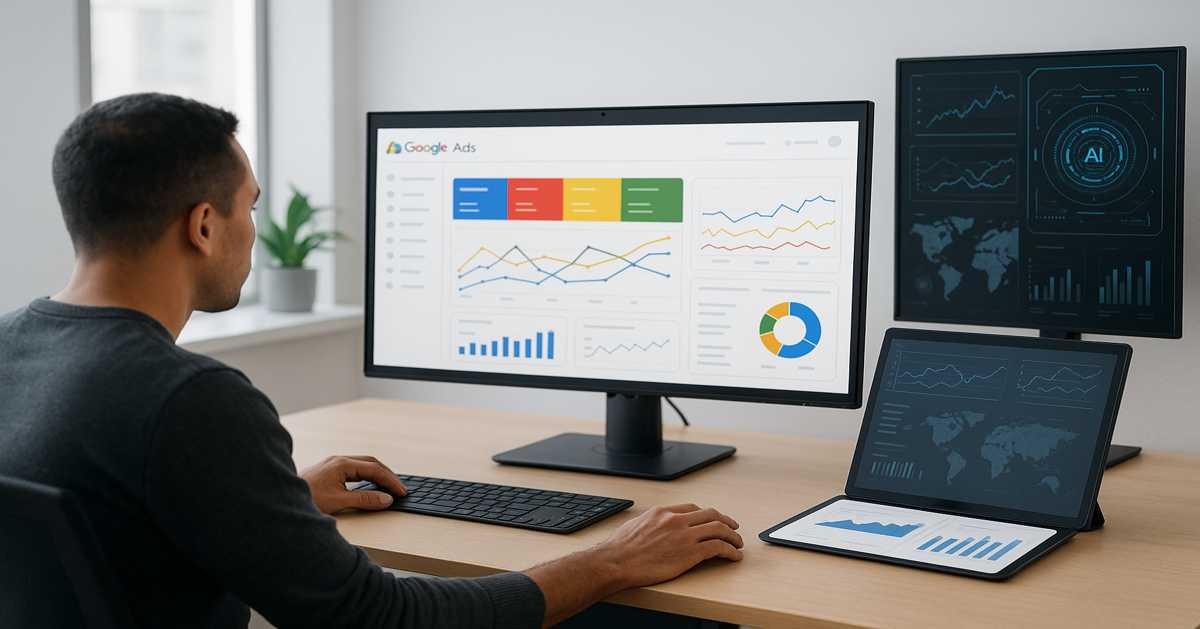Have you ever felt like you’re spending more on Google Ads every year but somehow getting less in return? You’re not alone. As Google continues shifting towards automation and AI-led decision-making, many of the tactics that worked a few years ago are quietly becoming outdated, wasteful, or even harmful to your performance.
2026 will be a big “reset year” for advertisers. Strategies that once gave better control are now actually blocking performance. So the key is: not just what to start doing, but what to stop doing.
This article breaks down 5 Google Ads tactics to drop in 2026, why they’re no longer useful, and what to use instead to improve conversions and lower CPA without guesswork.
Why Are Some Google Ads Tactics Becoming Obsolete?
Google Ads isn’t the same playground anymore. AI-powered bidding, Performance Max (PMax) campaigns, first-party data strategies, and conversion modeling have changed how results are driven.
Old tactics assume you can manually control everything.
Today’s environment rewards guiding the algorithm, not fighting it.
As PPC strategist Morgan Hale recently said, “The brands that win are the ones who stop forcing manual control and instead start feeding better data.”
1. Should You Still Use Broad Demographic Targeting?
Not anymore.
Old-school demographic targeting (age, gender, location only) is way too broad in 2026. It wastes spend because it doesn’t reflect real purchase intent.
Why it fails now:
- AI systems now understand behavior signals better than demographics
- Users don’t always behave according to age or gender assumptions
- It blocks the algorithm from finding hidden high-value audiences
What to do instead:
Use Audience Signals or custom intent segments based on search behavior, not assumptions.
2. Are Manual CPC Bidding Strategies Still Worth It?
Short answer: No.
Manual bidding used to be about control. Now it just limits your reach and pacing.
Why it doesn’t work in 2026:
- AI-driven bidding reacts faster than humans
- Manual bids slow down optimization
- Smart bidding uses conversion modeling to scale results
Switch to:
- Maximize Conversions (with CPA targets)
- Maximize ROAS (for eCommerce)
Give the system your goals not your guesses.
3. Should You Still Run Separate Campaigns for Every Goal?
This is an old PPC habit that now causes budget dilution and poor learning signals.
Instead of 6 campaigns each spending too little to optimize…
Run fewer, consolidated campaigns so the system has enough data to learn.
Better 2026 structure:
- One Performance Max campaign with strong first-party data
- One Search campaign focused on high-intent branded + competitor terms
- One remarketing audience layer
This approach strengthens learning and cuts wasted impressions.
4. Is Keyword-Only Strategy Still Effective Without Creative Assets?
No. Search is no longer just “search.”
Google now blends Search + Display + YouTube + Shopping signals. A text-only approach limits exposure.
In 2026, creative is a performance lever.
You need:
- Short-form vertical videos
- Responsive display variations
- Strong value-based headlines
The algorithm can’t scale what it can’t show.
5. Should You Ignore First-Party Data and Rely Only on Google Signals?
This is the biggest mistake many brands still make.
With cookie deprecation, platforms now rely heavily on brand-supplied data.
If you’re not feeding your campaigns with:
- CRM data
- Customer email lists
- Purchase or lead scoring
- Offline conversion uploads
…your competitors will outrank and out-scale you without spending more.
“First-party data isn’t a ‘nice to have’ anymore. It’s your performance engine.”
Want to Learn How AI Impacts Paid Search Strategies?
You can explore how AI is rewriting paid search campaign planning in our earlier article:
How Google’s AI Overviews Are Accelerating Change in Paid Search Also, if you’re running campaigns for SaaS or enterprise brands, you may find value in reading:
Google Says Verify Your Cloud Hosting Provider With Search Console Both pieces help reinforce how Google is shifting automation control to the system side while expecting advertisers to improve data quality.
FAQs
Q1. Is Performance Max necessary in 2026?
Yes. PMax isn’t optional anymore but it performs best with good creative + data.
Q2. Do I lose control when switching to smart bidding?
Not really. You shift control from tactics to strategic input signals.
Q3. How much first-party data do I need?
Even basic CRM lists or recent lead uploads can significantly improve results.
Q4. Are keywords still important?
Yes, but they’re now one signal not the only performance driver.
Q5. Is video required for Google Ads now?
Strongly recommended. It affects reach, learning speed, and conversion efficiency.
Conclusion
2026 will reward advertisers who let go of outdated tactics and embrace data-backed automation.
Instead of controlling every bid, keyword, and placement guide the system with stronger intent, better assets, and cleaner signals.If you want to stay competitive, your question should shift from:
“How do I control Google Ads?”
